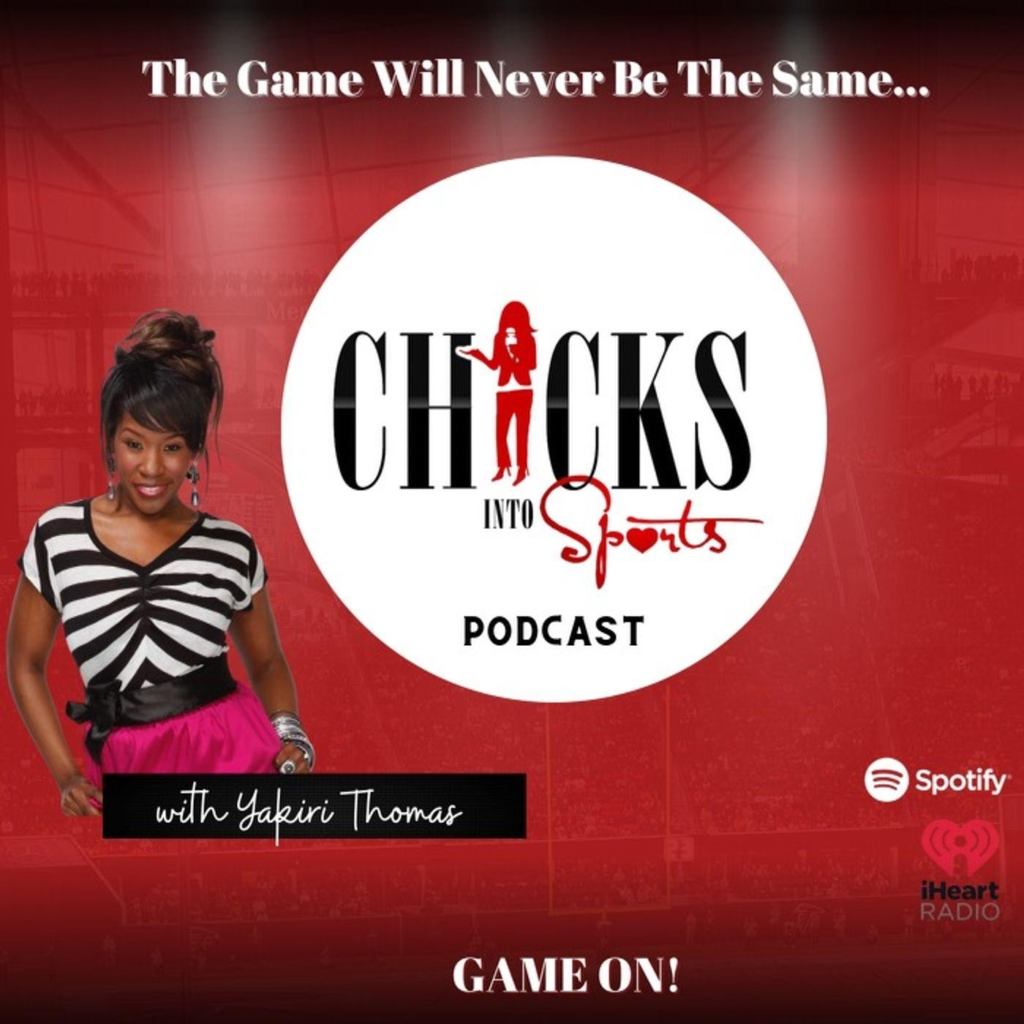Shedeur Sanders – the dynamic Colorado quarterback and son of Hall of Famer Deion Sanders – shocked the football world by failing to hear his name called during the 2025 NFL Draft. Once projected by some analysts as a late first-round pick, Sanders “fell completely out of the first round and remain[ed] undrafted going into day two” . In fact, by the end of the draft he was still unselected, prompting widespread analysis of the slide. Scouts and reporters have pointed to several factors – from on-field evaluations to off-field impressions and competition at the position – that may explain why Sanders went undrafted. We examine those reasons below, along with reactions from draft analysts and fans, and outline Sanders’ potential next steps (such as signing as an undrafted free agent or exploring alternative leagues).
Game Performance and Evaluation Concerns
One major factor cited in Sanders’ draft fall was film study. Despite eye-popping counting stats in college, evaluators questioned whether his game would translate to the NFL. Critics noted that Sanders’s prolific numbers at Jackson State and Colorado – over 14,000 career passing yards and a 70.1% completion rate – came in a system where he often threw with all the time in the world and to a star receiver (former No. 2 pick Travis Hunter) . NFL evaluators flagged that Sanders “lacks high-end arm talent”, tends to hold the ball too long, and can be “slow to read coverages” . On tape, he was sacked an unusually high number of times (an FBS-high 94 sacks over the past two seasons ), raising concerns about pocket awareness and decision-making. In short, as one analyst observed, Sanders showed an excellent repertoire of “wow” deep throws, but was inconsistent on simpler throws, checkdowns or in-structure quarterbacking . His athleticism and scrambling also drew mixed reviews – he was not deemed a true dual-threat – meaning he could not simply avoid pressure with his legs at will .
Adding to those concerns, Sanders did not participate in drills at the NFL Scouting Combine or his pro day, leaving teams with limited measurable data. Observers noted that skipping workouts raised doubts about his arm strength and physical readiness . (Colorado coach Deion Sanders publicly laughed off the arm questions, citing Shedeur’s high completion rate and ball security .) In sum, even before the draft many scouts privately believed Sanders was better suited as a mid-round “Day 2” quarterback rather than an immediate starter. ESPN’s model had him landing by pick 21, but league insiders were “barking out” that he was not considered first-round talent .
Key performance concerns included: lack of elite arm strength and NFL-style playmaking; an extremely high sack rate (94 over two seasons) from holding the ball too long; limited mobility; and the fact that he operated in a “wonky” college offense throwing to exceptional teammates . These on-field evaluations help explain why teams might have hesitated to invest an early pick in Sanders.
Off-Field and Interview Impressions
Aside from game tape, pre-draft interviews and “character” evaluations played a notable role. Multiple reporters relay that Sanders left some teams with a negative impression during interviews. ESPN and NFL Media insiders reported that a quarterbacks coach from a top-7 pick team found Sanders “brash” and “arrogant” in his NFL Combine meeting . Similarly, a veteran AFC executive was quoted saying the meeting “didn’t go great,” noting that Sanders “wants to dictate what he’s going to do… [and] he makes you feel small” . These anecdotal criticisms (which were widely shared among draft insiders) contrasted with Sanders’ polished media persona, but they added to doubts among GMs.
Anonymous league sources even publicly attacked Sanders’ mindset. The Guardian noted that executives told NFL reporters he was “entitled” and had “horrible body language,” and one source bluntly said “he’s not that good” . (On national television, commentator Joel Klatt later denounced those leaks as “trash,” but by then the narrative had circulated.) In short, perceptions that Sanders’ demeanor was difficult or uncoachable may have further scared teams away. Whether fair or not, the combination of on-field questions and off-field impressions painted Sanders as a more high-risk prospect than initially thought.
Positional Competition and Draft Context
Another factor was the quarterback class and how team draft boards fell. Two quarterbacks (Miami’s Cam Ward at No. 1 and Colorado teammate Travis Hunter at No. 2) went in Round 1 , but after that only one more (Jaxson Dart at No. 25) was selected. Several NFL teams with picks and obvious QB needs – such as the Giants, Browns, Saints, Steelers and others – all opted for other players. For example, the New York Giants traded up and used the 25th pick on Ole Miss QB Jaxson Dart instead of Sanders . Cleveland (holding pick 33) and New Orleans (pick 40) were linked to Sanders, but they also chose other prospects. In an environment where only a few teams have multiple first-round picks or desperate QB vacancies, Sanders simply never found a taker at any selection.
Thus it became “more of a perceived slide than a real one” – that is, there were few suitors on him despite early hype . Analysts pointed out that the 2025 QB crop lacked a clear fourth top talent, so Sanders had been bumped up in mock drafts by default. But when clubs did their own homework, none pulled the trigger. As CBS Sports noted, if Sanders “happens to fall out of the first round, he likely won’t make it past” picks 33 or 34 (held by Cleveland and New York), both looking for quarterbacks . In this scenario, he slipped completely off teams’ boards by the end of Day 2.
Reactions from Analysts and Fans
Unsurprisingly, Sanders’ fall drew intense reaction. Pundits on draft coverage replayed his highlights and openly questioned the league’s judgment. For instance, ESPN analyst Mel Kiper Jr. repeatedly argued during broadcasts that Sanders “has everything you want in an NFL quarterback” and even compared his situation to Tom Brady’s famous draft slide . On social media, fans immediately defended Sanders’ reputation. The Washington Post observed that his name became “the top trending topic” on draft night as supporters insisted the negative narrative was unjust . Former players and media voices also weighed in; some praised Sanders’ poise and potential, while others warned that the spotlight might have affected teams’ perceptions.
Conversely, front-office voices seemed relieved by the outcome. In early reports after Round 1, one anonymous GM candidly said Sanders’ interview was poor. Such comments – along with quotes from his father predicting a first-round selection – became part of the storyline. Still, Sanders himself remained publicly positive, telling reporters he was “built for whatever today may bring” and treating the slide as “fuel to the fire” for future success . The disconnect between analysts/fans and NFL teams underscored how unexpected his going undrafted was.
Next Steps for Sanders: UDFA and Alternative Leagues
Going undrafted is a setback, but it’s not the end of the road. Sanders immediately becomes an undrafted free agent (UDFA) and is eligible to sign with any NFL team. In practice, teams often pounce on high-profile UDFAs right after the draft. Given Sanders’ college credentials and the league’s lingering need at quarterback, he is expected to receive contract offers quickly. As CBS Sports noted, franchises like Cleveland and the New York Giants – both of whom had been linked to Sanders before the draft – could still sign him as a free agent . Other squads (for example the Saints, Steelers or Jets) that passed on him in the draft might now give him a rookie minicamp invite or training-camp tryout. Such opportunities would let Sanders learn a pro system and compete for a roster spot without costing a team a draft choice.
If an NFL deal doesn’t materialize or he needs more development, Sanders also has options in alternative pro leagues. One candidate is the Canadian Football League (CFL), which routinely signs American QBs cut from NFL rosters. (Several top CFL passers – such as Warren Moon and Doug Flutie – were former NFL pros.) More immediately, a new spring league is available: the UFL (United Football League), formed by merging the USFL and XFL in 2024. The UFL kicks off its 10-week season in March 2025 and is explicitly designed to give fringe NFL talent a showcase. As USA Today notes, the UFL “provides opportunities for players on the fringes of NFL rosters a chance to prove themselves on the field” . Sanders could sign with a UFL team, get game reps, and try to springboard back to the NFL – much like other prospects have used alternative leagues as stepping stones.
In summary, Sanders’ failure to be drafted stemmed from a mix of film evaluation issues (arm, timing, sacks), team perceptions from interviews, and simply the ebb and flow of a draft class that saw other QBs and top prospects chosen ahead of him. Many observers see the slide as an overreaction – certainly his father and camp believe Sanders has first-round talent – but in the NFL’s risk-averse process the doubts proved fatal. Now, Sanders’ focus will be on the next chapter: whether that is earning a spot on an NFL roster as a UDFA, accepting a minicamp invite, or proving himself in the spring UFL or other leagues. The coming weeks will determine if this isn’t the end of the line for Sanders, but merely a detour on his path to an NFL career.
You may also like
-
Atlanta United Dominates Atlas FC 4-1 in Leagues Cup Finale, Despite Elimination
-
Atlanta Gladiators Sign Forward Peter Morgan for 2025-26 Season
-
Atlanta United Signs Defender Nyk Sessock and Midfielder Cooper Sanchez Ahead of Leagues Cup Match
-
Atlanta United Signs Midfielder Cooper Sanchez to Homegrown Contract
-
Pro Volleyball Federation and Major League Volleyball Unite to Form Landmark League


